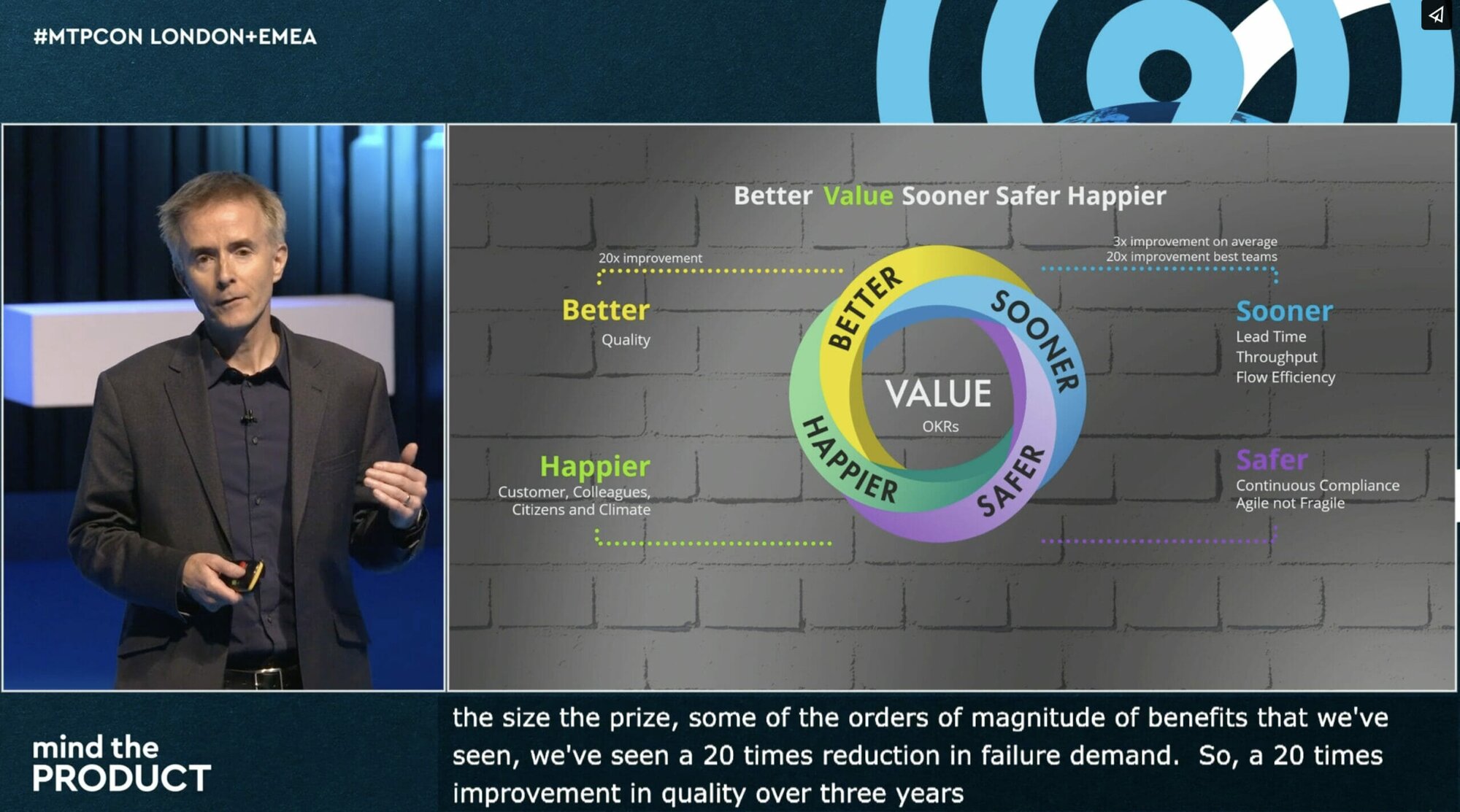When the pandemic hit, product managers around the world were forced to adopt remote working practices. Since then, many have adapted well, while others find themselves fatigued by countless hours on Zoom calls, missing in-person collaboration, and ready for a return to the office.
In this exclusive member panel Vice President of Product at Forbes, Ebony Shears, CEO and co-founder of Supernormal, Colin Treseler, and Chief Product Officer for GitLab, Scott Williamson, reveal what they've learned in this fully-remote time.
Watch the session in full or read on for 13 top tips for successful remote work from our panellists.
Tips for remote working
- As a manager, do your best to manage expectations. As teams prepare to go back to the office (or not) understanding when and how that might happen is key. Not knowing can be stressful. Communicate anything you know, clearly and often.
- Consider 'at home' challenges. At Github, an organisation that was already largely remote before Covid, they recognised that, despite established remote working practices, 100% remote work combined with family and everyday home life issues, did lead to burnout in some employees. The organisation introduced friend and family days to give its employees some much needed breathing space.
- Use A-synchronous video to bring that human connection people crave into the everyday. This can also be helpful in tackling timezone issues.
- Try nonlinear workdays — employees might check in in the morning, then go for a run or a walk.
- In a hybrid remote work environment, adopt communication models that work for the teammates who aren't at the office. Consider how to find ways to communicate effectively as product managers through video and text.
- Break things down. When you're all working remote, it gets harder to collaborate on complex projects. The antidote to that is to break things down as small as you can.
- Be mindful of feedback via tools like Slack — what you think is light and passing could send team members into a spin. Before you hit send, stop and think 'if I was getting this message, unsolicited with no context, what would that feel like?'.
- Have empathy for people trying to solve problems because as your team/manager/organisation navigates a switch to a hybrid or fully remote working environment, while some things will work well first time, others will need to be adapted.
- Find and use the right channels for the right things. This means mastering three, four or even five different communication paths so that you're able to share information and give feedback to people on your team in the ways that work best for them.
- Understand what's working for your employees. At Forbes, a dedicated committee is working on what the 'new normal' will be. As part of that work, the entire employee population has been surveyed to understand remote working preferences putting forward questions such as: Do you want to come back to the office? Are you comfortable coming back to the office? Do you want to stay fully remote? Are you open to a hybrid and if so, what does that mean to you?
- If you value a remote environment, pick an organisation that does it well and works for you. Easier said than done of course. But, if you feel the pressure to work in an environment or culture that's not right for you, it's perhaps not the place you should be working.
- As an employee, let your manager know how you're doing. When working remotely, it can be hard for them to pick up on the cues that would ,ordinarily, in-person signal a problem, stress, or a lack of understanding. Be proactive about communicating your concerns, or anything you need your manager to know.
- Find a great mentor with a great communication style. Whether you're joining a new remote company, or part of one already, find the person in that company that is the master at communicating — nice you've found them, imitate imitate imitate until the point at which you can finally innovate.
Explore more Remote Working content and, for even more content on a range of product management topics, see our Content A-Z.






